WASHINGTON, US: Covering everything, including composite fillings and disposable suction tips, plastics are woven into all aspects of modern dental care. Yet a growing body of evidence is raising alarms about microplastics—tiny fragments less than 5 mm in size—that not only pollute the environment but may also pose risks to human health. Dentistry, long reliant on plastic-based materials, is coming under scrutiny as researchers and campaigners question how these particles move from the chairside to the wider ecosystem.
A recent feature in The Atlantic highlights the scale of the challenge. Microplastics have become almost impossible to avoid in daily life, and dentistry is no exception. While plastic-based materials have revolutionised restorative techniques, they also shed microscopic debris during routine procedures, such as the drilling or polishing of composites. Wastewater from dental practices is a key pathway by which these particles enter rivers and oceans, where they persist for decades. More troubling still, some evidence has shown that microplastics are entering the human bloodstream and organs, raising questions about occupational exposure for dental teams as well as risks for patients.
Scientific investigations are beginning to shed light on the extent of the problem. A 2024 study published in Ecotoxicology and Environmental Safety analysed common dental materials and found that resin-based composites and impression plastics release measurable amounts of microparticles under stress. The researchers concluded that even well-established restorative methods may inadvertently contribute to the microplastic problem—a finding that underscores the urgency of developing alternative materials or improved waste management systems.
Another line of research, reported in the World Academy of Sciences Journal, has explored the biological impacts of microplastic exposure and describes the role of microplastics in dentistry as a silent invasion. Laboratory studies suggest that these particles can trigger inflammation, oxidative stress and cellular disruption, though the clinical significance for dentistry remains under investigation. For practitioners, the concern is twofold: potential health risks for patients and occupational exposure for dental teams who work daily with polymer-based tools and materials.
Campaigners are also adding their voice. Plastic Pollution Coalition recently published an overview of plastics in dentistry, calling attention to single-use items such as gloves, masks and sterilisation pouches. While infection control rightly remains paramount, the report urges dental professionals to explore plastic-free solutions where these are safe and practical. Reusable alternatives, improved segregation of waste streams and innovation in biomaterials are among the strategies being promoted.
The debate over microplastics is still in its early stages within dentistry, but the trajectory is clear: the industry will be expected to reckon with its contribution to plastic pollution. For dental professionals, the challenge lies in balancing clinical excellence with environmental responsibility—ensuring that the future of oral health does not come at the cost of long-term ecological and human health.
Topics:
Tags:
LONDON, England: A pioneering study from King’s College London has revealed that keratin—sourced from human hair or wool—can form a crystalline ...
BUDAPEST, Hungary: Research shows that healthcare systems contribute 4.4% of global greenhouse gas emissions, and dentistry plays a significant role in this...
MONTREAL, Canada: As the world increasingly comes to terms with the immense impact produced upon the environment by industrial capitalist societies, the ...
Procurement, waste generation and water management are three major categories where dental practices could potentially become more sustainable. This is in ...
LEIPZIG: Germany: As the planet teeters at the threshold of numerous ecological breaking points, thinking and acting in an environmentally compassionate ...
Live webinar
Wed. 14 January 2026
12:00 pm EST (New York)
Dr. Théo Laplane, Dr. Robert Gottlander DDS
Live webinar
Fri. 16 January 2026
12:00 pm EST (New York)
Live webinar
Mon. 19 January 2026
1:00 pm EST (New York)
Philipp Kopp, Michael Seeber
Live webinar
Thu. 22 January 2026
9:00 am EST (New York)
Prof. Judith Jones D.D.S; M.P.H., Prof. Kakuhiro Fukai D.D.S., Ph.D, Dr. Bathsheba (Bethy) Turton
Live webinar
Thu. 22 January 2026
2:00 pm EST (New York)
Dr. Nicola M. Grande DDS, PhD
Live webinar
Wed. 28 January 2026
8:00 am EST (New York)
Live webinar
Wed. 28 January 2026
11:00 am EST (New York)
Prof. Dr. Jan-Frederik Güth



 Austria / Österreich
Austria / Österreich
 Bosnia and Herzegovina / Босна и Херцеговина
Bosnia and Herzegovina / Босна и Херцеговина
 Bulgaria / България
Bulgaria / България
 Croatia / Hrvatska
Croatia / Hrvatska
 Czech Republic & Slovakia / Česká republika & Slovensko
Czech Republic & Slovakia / Česká republika & Slovensko
 France / France
France / France
 Germany / Deutschland
Germany / Deutschland
 Greece / ΕΛΛΑΔΑ
Greece / ΕΛΛΑΔΑ
 Hungary / Hungary
Hungary / Hungary
 Italy / Italia
Italy / Italia
 Netherlands / Nederland
Netherlands / Nederland
 Nordic / Nordic
Nordic / Nordic
 Poland / Polska
Poland / Polska
 Portugal / Portugal
Portugal / Portugal
 Romania & Moldova / România & Moldova
Romania & Moldova / România & Moldova
 Slovenia / Slovenija
Slovenia / Slovenija
 Serbia & Montenegro / Србија и Црна Гора
Serbia & Montenegro / Србија и Црна Гора
 Spain / España
Spain / España
 Switzerland / Schweiz
Switzerland / Schweiz
 Turkey / Türkiye
Turkey / Türkiye
 UK & Ireland / UK & Ireland
UK & Ireland / UK & Ireland
 Brazil / Brasil
Brazil / Brasil
 Canada / Canada
Canada / Canada
 Latin America / Latinoamérica
Latin America / Latinoamérica
 USA / USA
USA / USA
 China / 中国
China / 中国
 India / भारत गणराज्य
India / भारत गणराज्य
 Pakistan / Pākistān
Pakistan / Pākistān
 Vietnam / Việt Nam
Vietnam / Việt Nam
 ASEAN / ASEAN
ASEAN / ASEAN
 Israel / מְדִינַת יִשְׂרָאֵל
Israel / מְדִינַת יִשְׂרָאֵל
 Algeria, Morocco & Tunisia / الجزائر والمغرب وتونس
Algeria, Morocco & Tunisia / الجزائر والمغرب وتونس
 Middle East / Middle East
Middle East / Middle East
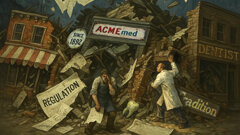























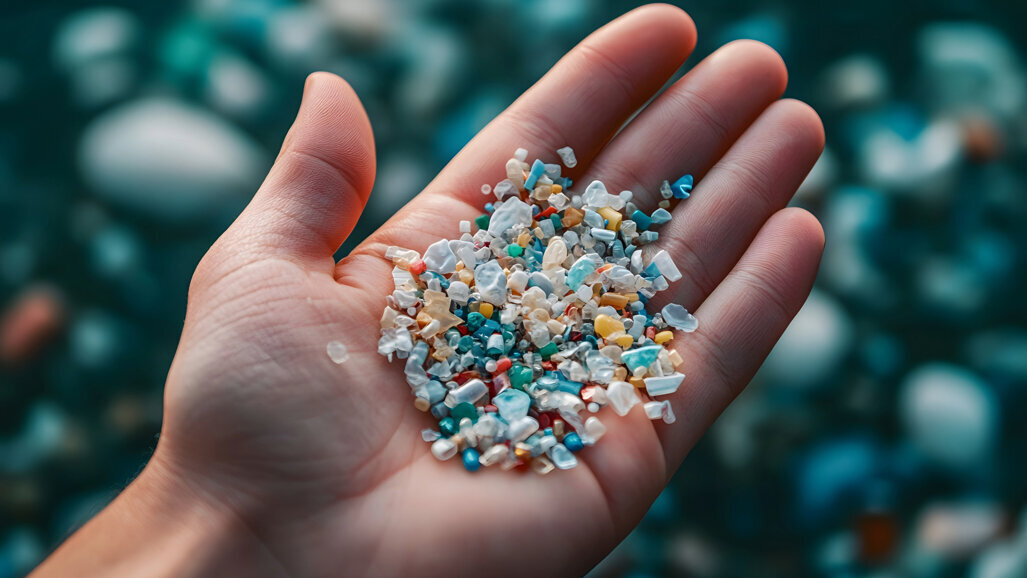



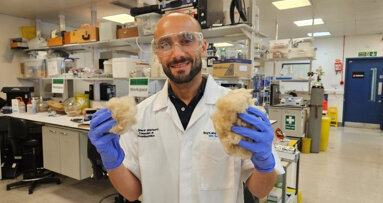
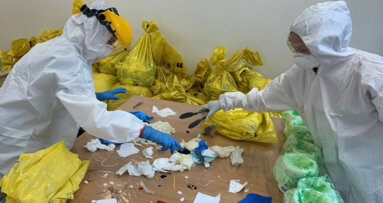
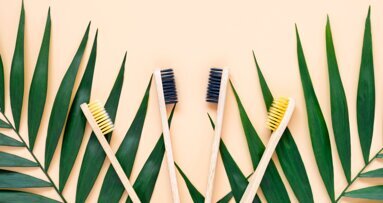












To post a reply please login or register